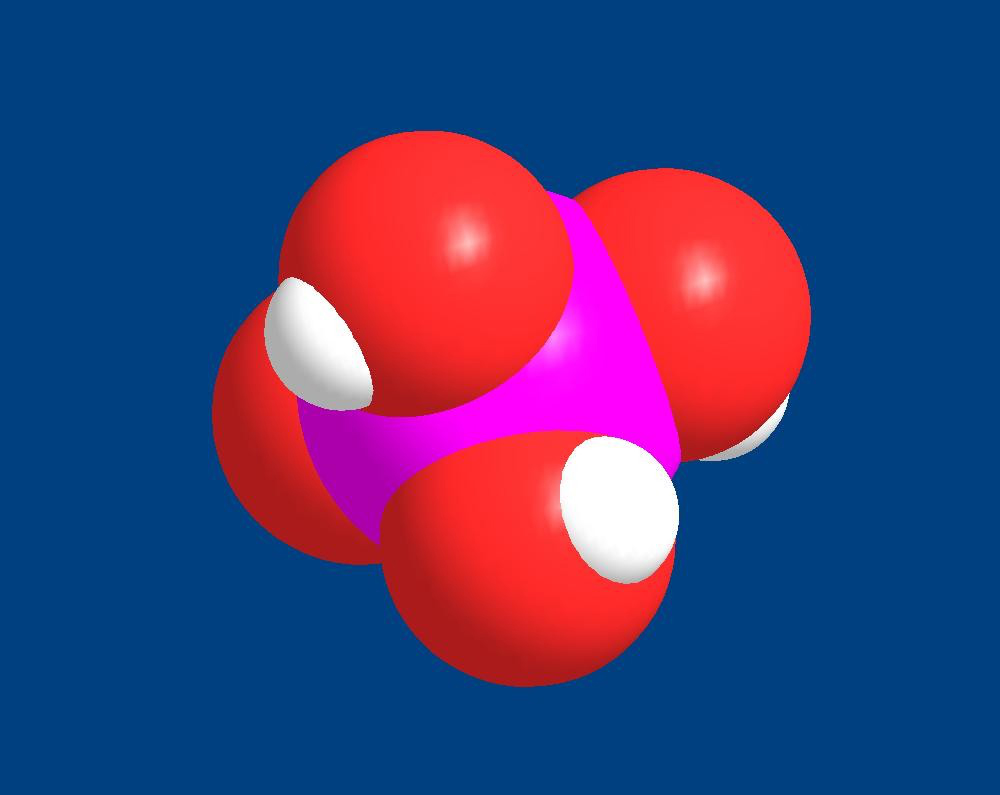Does anyone have any type of idea of how fast macro algae lowers phosphates? Just a ball park range. Let’s say 10 gallon tank with 1.0 phosphates and using dragon breath macro (not my actual test lol) to .05.
Would it be a course of a few weeks, months? Quarters?
Currently my tank has .17 phos and 24 ppm nitrate. Anyone have any experience ?
Would it be a course of a few weeks, months? Quarters?
Currently my tank has .17 phos and 24 ppm nitrate. Anyone have any experience ?















